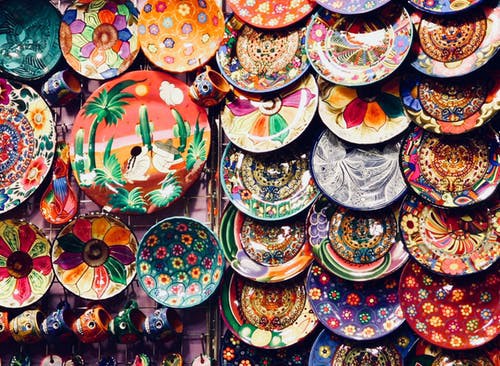…players call for speedy implementation of NEDS
If there is one sector that is still bearing the brunt of the COVID-19 pandemic, then it is the handicraft sector – as the export-dependent industry has been completely shut down due to low patronage from its major foreign markets.
With local producers and exporters unable to send their products to foreign buyers because of the virus since beginning of last year, and with no local demand, the once-burgeoning art and artefact sub-sector – which employs over 10,000 hands, according to the National Association of Handicraft Exporters – has been devastated by COVID-19. Players in the industry say there seems to be no sign of recovery for the sector despite other areas of the economy recovering gradually.
“There is no sign of recovery,” says Erasmus Philip Ahorlu, the association’s national secretary. “We had an executive meeting last week and everyone is crying; times are tough.”
He said large number of companies along the handicraft and art value chain have had to lay-off workers as part of cost-cutting measures; adding that although government extended some form of financial support to the players, it was ‘too little’ to sustain salaries for two months.
For him, the only way to revive the sector is to ensure speedy implementation of the National Export Development Strategy (NEDS), which seeks to develop the potential of the Non-Traditional Exports (NTEs) sector to enable it make maximum contribution to GDP growth and national development, so as to consolidate and enhance Ghana’s middle-income status and create formal, decent job opportunities.
“I would say the future is 50/50, depending on how the government implements the NEDS initiative and how it tackles spread of the virus,” he said when asked about the sector’s future.
The 10-year structural transformation embedded in the NEDS is targetted to earn the country US$25.3billion by 2029 from NTEs, and Mr. Ahorlu is optimistic that NEDS, if implemented to the letter, can help resuscitate the handicraft and artefact business.
His confidence stems from the fact that the strategy has a clear plan for handicrafts. Among other things, it seeks to ensure capital injection, focus on product development and design as well as offer funding for exhibitions, both local and international, as part of a broader plan to provide exposure and growth opportunities for players along the handicraft value chain and the NTEs sector at large.
“We have had similar policies in the past which were never implemented; but if government is able to implement this one, then the future is bright. If they don’t, then the industry is doomed,” he added.
Furthermore, he said, the sector could see a quick turnaround in fortunes if government, deliberately, provides centralised raw material banks/centres with contemporary machines similar to what the Chinese and the Indians have; fosters closer collaboration between industry and academia, particularly in the areas of product development and design; and provides access to long-term loans at reasonable rates.
Developed by the Ghana Export Promotion Authority, NEDS is expected to give a significant boost to export volumes. The Authority says an amount of US$60million will be invested annually under the NEDS to diversify and grow exports.
As a private sector-led initiative, the strategy is pivoted on three pillars: to expand and diversify the supply base for value added industrial export products and services; to improve the business, regulatory environment for export; and to build and expand the required human capital for industrial export development and marketing.










